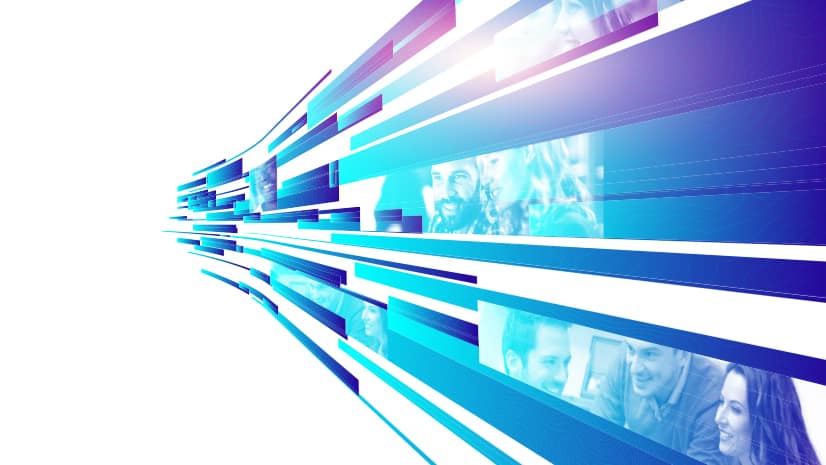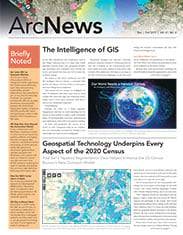The Dutch municipality of Zwolle, in northeastern Netherlands, sits amid three rivers. Zwolle is known as one of the country’s greenest cities, most notably because of its 33 scenic parks and the municipality’s efforts to maintain them sustainably.
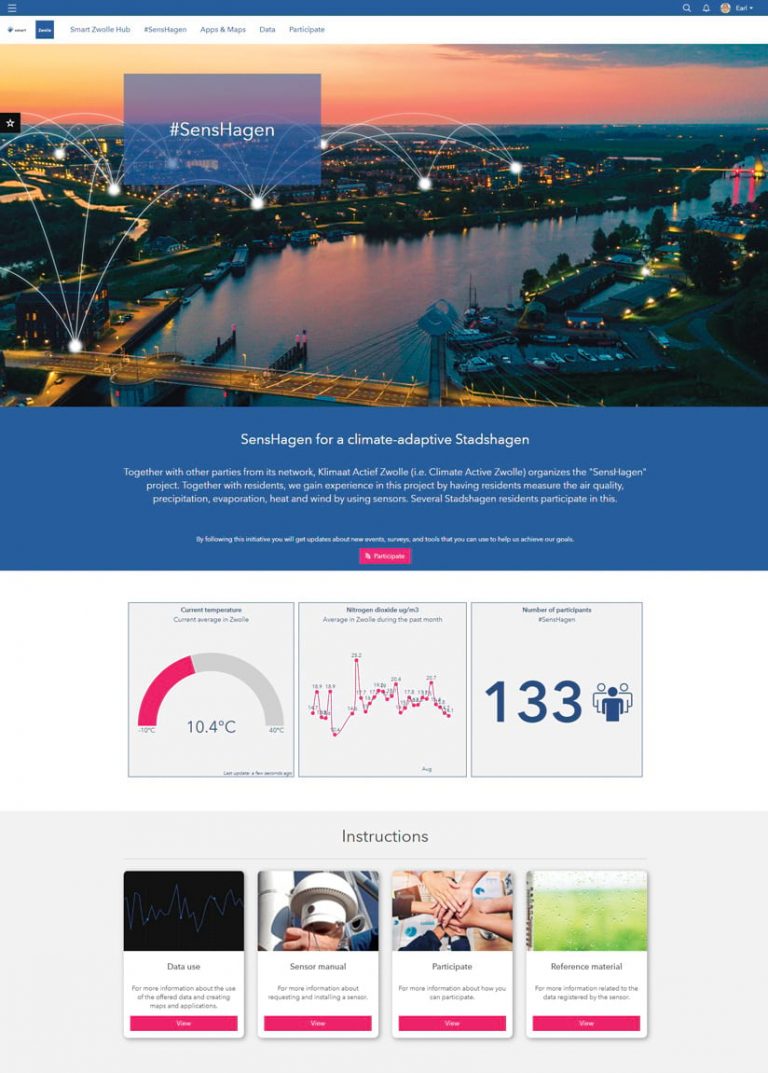
With a growing population of more than 125,000 residents, the City of Zwolle is tasked with helping the town remain healthy and thriving. To preserve its citizens’ quality of life, the city is proactively researching climate change and its impact on Zwolle—and it is enlisting residents to help.
Using high-tech sensors, residents are now playing an important role in this research by gathering crucial climate-related data from across Zwolle. In addition, the city has created an online platform to engage residents and increase transparency by sharing city initiatives that are aimed at keeping the community a wonderful place to live.
“We believe technology can help us face the challenges we have as a city and achieve our goals, especially when we get citizens engaged,” said Maarten Veeger, director of strategy for the City of Zwolle. “We truly believe in the participation of our citizens. When you engage people, they can contribute and be a part of the solution.”
Residents Add Value to Data
The City of Zwolle wanted a platform to improve collaboration and promote public engagement. So in 2018, a cross-departmental group at the city developed Smart Zwolle Hub using ArcGIS Hub, a unique community engagement platform. Smart Zwolle allows the city to communicate information about current projects and let citizens know how they can get involved. This is why Marcel Broekhaar, the city’s smart society program manager in the department of information provision, says it works so well.
“With ArcGIS Hub, you can change the citizens’ perspective by showing them what they can do and why we’re working on certain issues,” he said. “We believe in transparency and letting residents know what we’re working on and why.”
In the past, according to Broekhaar, residents were dependent on receiving information from the local government.
“But now they can see for themselves what’s going on,” he added. “It’s not just our information anymore. Residents can now explore data and add value to it.”
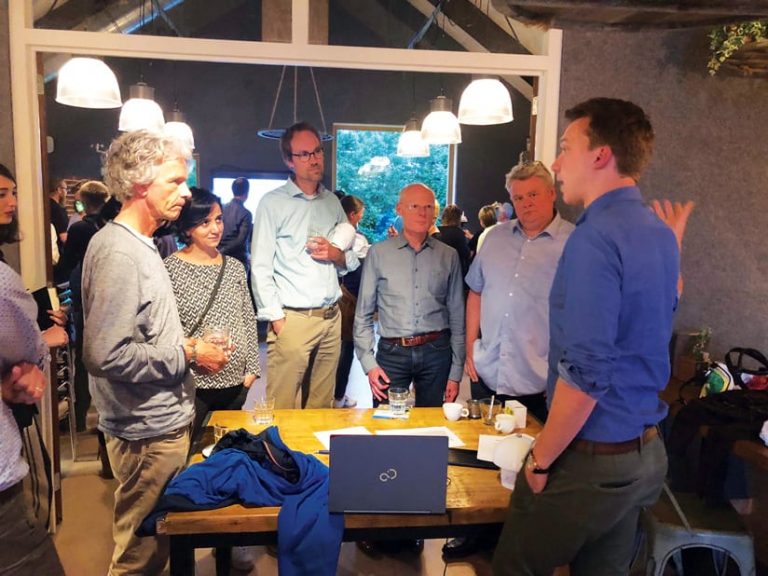
The City of Zwolle was already using the ArcGIS platform and Operations Dashboard for ArcGIS, so implementation of the smart hub was simple. The team was also able to use its current content and apps, so Broekhaar said it was easy to create Smart Zwolle Hub.
Likening the city to an intelligent nervous system, Broekhaar said he hopes that the smart hub will connect all the dots.
“We work often on issues like mobility, health, and other things that impact our city,” he said. “I hope that, as we continue to use the hub for relevant issues, we can connect those matters and get a better view of how the city works.”
The smart hub gives the City of Zwolle the information it needs to make data-driven decisions—an area where Broekhaar wants the organization to grow in the next five years. It has also enabled the city to partner with local groups for the Smart Zwolle Alliance, a coalition of strategic partners that collaborate and learn from one another.
“The organizations in the Smart Zwolle Alliance have their own data and people with expertise, and we are bringing it all together under one umbrella, using the hub to facilitate it,” explained Broekhaar.
Understanding Patterns Before Something Goes Wrong
To better understand climate change and its impact on the municipality, the City of Zwolle started gathering data for research and got citizens to help.
While the country’s national weather service—the Royal Netherlands Meteorological Institute (known by its Dutch acronym KNMI)—collects and analyzes weather data for agricultural areas, Broekhaar wanted data that was more relevant on an urban scale.
“We haven’t seen significant climate change effects in Zwolle yet, but we don’t want to wait until something is wrong,” he explained. “We want to see patterns, understand this problem, and gather data.”
To that end, the city created a network of sensors for Zwolle’s weather stations to examine and monitor changes in air quality. The project was named SensHagen, a combination of the word sensor and Stadshagen, the neighborhood where the project got started. The National Institute for Public Health and Environment (abbreviated as RIVM in Dutch) made the air quality sensors. Now, in addition to having weather stations collect data about temperature, wind direction, wind force, and precipitation, air quality sensors measure fine dust and nitrogen dioxide.
In partnership with KNMI and RIVM, the City of Zwolle also gave sensors out to citizens to place at or near their homes. Thus, Zwolle residents gained an important role in data collection.
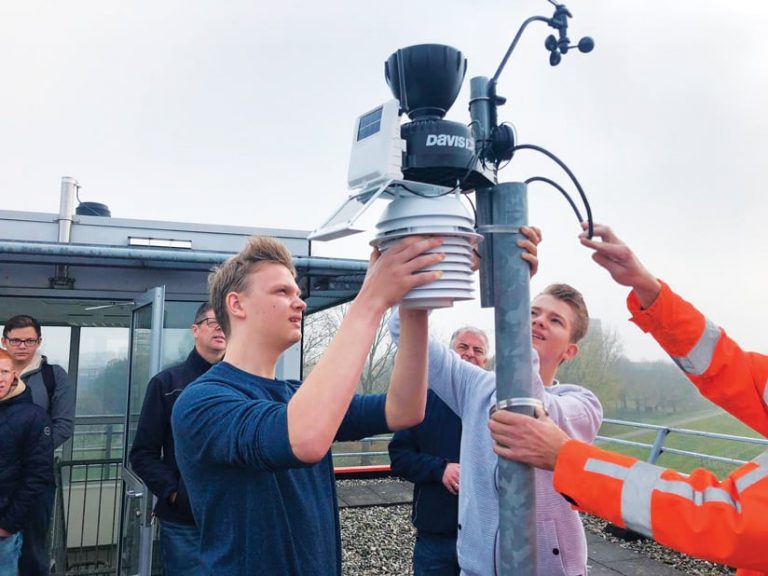
Broekhaar and his team held neighborhood meetings to tell people about the project and to recruit participants. Although SensHagen started with just five volunteers, the initiative now has around 150 participants, and that number continues to grow as more residents learn about it.
Part of what makes the project successful is that citizens can go to the SensHagen website to see their own data. The site also contains an events calendar, which residents can use to find information about upcoming events and opportunities to get involved. They can even use the website to sign up to participate.
The SensHagen program has become part of a larger European research project aimed at understanding the impact of climate change on the local level, not just at a global scale, according to Broekhaar.
“We are excited about this project and hope that we can contribute to not only Zwolle but the world,” he said.
Myriad Ways to Improve the Community
The City of Zwolle is focused on gathering as much information as possible over the next few years to improve decision-making. The accumulated data will be analyzed by KNMI and RIVM.
“To take action, we need more data and information. If we didn’t have data, we couldn’t act at all,” said Broekhaar. “We are doing analysis now with the data so we better understand how the neighborhood is working.”
The city is introducing other initiatives using the Smart Zwolle hub as well, including one aimed at monitoring floods.
Flooding is an ongoing problem for the area, so the City of Zwolle built an app with Survey123 for ArcGIS that people can use to report when and where flooding occurs. Respondents can also use the app to submit pictures of flooded areas, and the information is added to what the city calls a wet feet map.
“With this wet feet map, we better understand where water is standing, but we don’t know how long it takes before the water is gone,” Broekhaar noted.
With that in mind, a group of residents took this project even further by building a wet feet sensor, which not only gathers flooding data in real time but also reports how long it takes for the water to dry up.
“It’s an idea that came from the citizens, and I think it’s a great contribution to this project,” said Broekhaar.
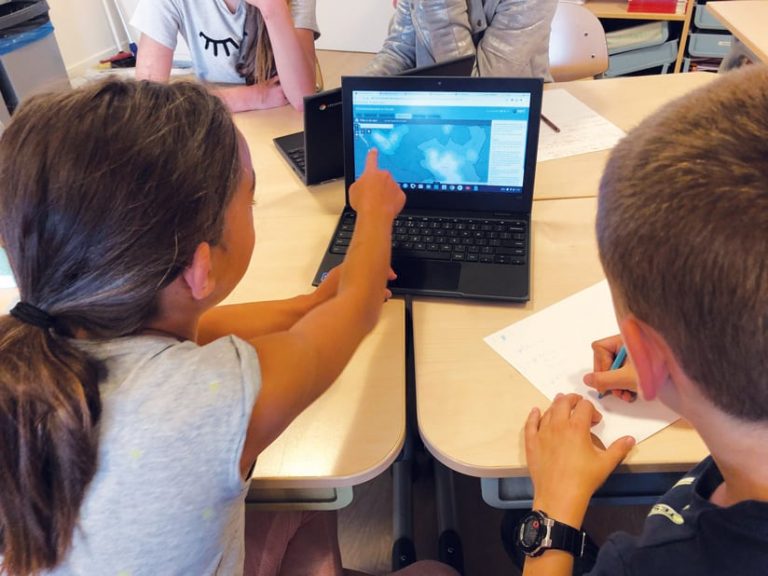
The City of Zwolle also offers educational classes to get kids involved and teach them about climate change and technology. Broekhaar and his colleague Ryan Hoekman, with whom he began the SenHagen initiative, looked at Stadshagen’s demographics and noticed that there were a lot of families with young children. They thought it would be a great way to connect with Zwolle’s youngest citizens.
Local organizations contributed curriculum that currently consists of 11 modules, each with a different subject. For example, one lesson revolves around going on a sensor walk, where kids walk through their neighborhood and see where measurements are being taken. Instructors help them understand what the sensors are monitoring and why.
In 2020, the team will try to get more schools involved in teaching the curriculum.
“Through this project, the kids begin to understand what technology is and how it can help the world,” said Broekhaar. “They think it’s cool that they can bring this message home and talk to their parents and say, ‘Well, I’ve learned about this, and we should do something.’”
Overall, getting citizens involved in various aspects of the City of Zwolle’s work will help ensure that the health and well-being of the town is preserved for years to come.
“People love that they can get involved in this way and we are standing side by side,” said Broekhaar. “Now, we are all working together to better our community.”
